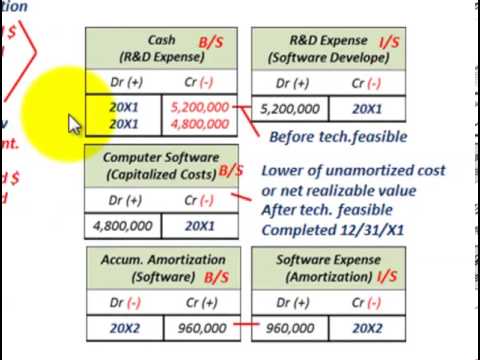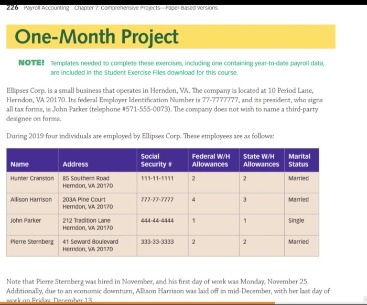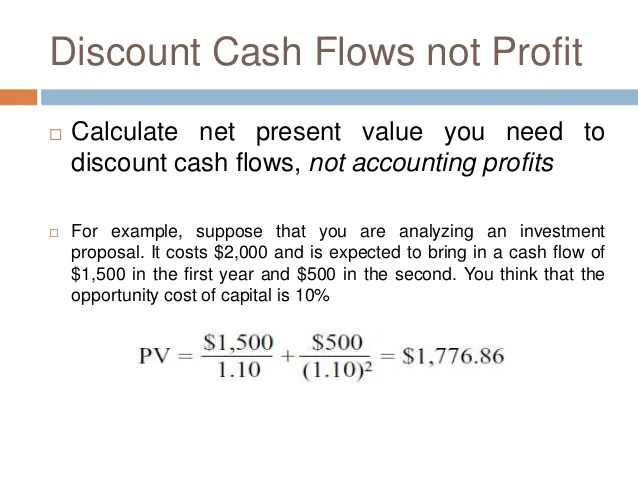Content

NRV is calculated by deducting from an asset’s FMV the costs the seller might incur during the sale transaction, such as transportation costs, taxes, commissions or disposal fees. NRV analysis is commonly used for inventory, AR, fixed assets and in cost accounting. To calculate the sale price per unit for the non-defective units, only the selling costs cash realizable value need to be deducted, which comes out to $55.00. In practice, the NRV method is most common in inventory accounting, as well as for calculating the value of accounts receivable (A/R). First of all, we need to determine the expected selling price or the market value of inventory. Thus, it estimates an asset’s price on disposal less the sale cost.
- Make sure company’s payment period is consistent with that of competitors.
- The percentage of sales basis uses a percentage of your uncollectable sales to determine the accounts receivable cash realizable value.
- The estimated bad debts represent the existing customer claims expected to become uncollectible in the future.
- Net realizable value is an approach to valuing assets fairly and conservatively, and is required for compliance with GAAP and IFRS.
- In regards to accounts receivable, this is equal to the gross amount to be collected without considering an allowance for doubtful accounts.
Net realizable value analysis is a way to check the balances of assets on a company’s accounting books to ensure they are properly valued under the theory of conservatism. NRV is most often applied to inventory but can be brought to bear on any asset, such as accounts receivable, fixed assets or investments. Because of various uncertainties, many of the figures reported in a set of financial statements represent estimations. Accounts receivable is shown at its net realizable value, the amount of cash expected to be collected.
GAAP Rules for the Percentage of Sales Method
Accounts receivable represent the credit sales of the company and a company sells its goods on credit so as to set a customer base. Bad debt expense can be determined using two different approaches. Explain how the direct write-off method and the allowance method are applied in accounting for uncollectible accounts receivables. The cash realizable value is the amount of money you expect to receive from your accounts receivable after deducting the uncollectable amount. Depending on how many customers do not pay their bills, this amount could vary significantly from the gross amount.

In any event, once a write-down is deemed necessary, the loss should be recognized in income and inventory should be reduced. Once reduced, the Inventory account becomes the new basis for valuation and reporting purposes going forward. Unlike international reporting standards, U.S.
Strategic Analysis
As an example of the percentage of sales method, a company has historically experienced 2% bad debts, and sold $1,000,000 on credit in the last month. Therefore, it records an allowance for doubtful accounts of $20,000. If a company has significant risk of uncollectible accounts or other problems with receivables, it is required to discuss this possibility in the notes to the financial statements.
- Using LiveFlow, you can easily calculate net realizable value for your business by importing your financial data and using the built-in valuation tools, saving you hours of manual work.
- There is a certain exception to that as well.
- Describe the principles of sound accounts receivable management.
- Depending on the problems a firm is having with customer discounts and non-payments, the cash realizable value can be substantially lower than the gross amount of accounts receivable.
In essence, the term “market” has been replaced with “net realizable value.” NRV tells you the creditworthiness of your clients. On November 1, 2017, other trade accounts receivable were sold without recourse. The factor withheld 5% of the trade accounts receivable factored as protection against sales returns and allowances and charged a finance charge of 3%. At the end of 2017, Aramis Company has accounts receivable of $800,000 and an allowance for doubtful accounts of $40,000. On January 16, 2018, Aramis Company determined that its receivable from Ramirez Company of $6,000 will not be collected, and management authorized its write-off.
How Do You Calculate Net Realizable Value?
Tracy Buss cannot understand why the cash realizable value does not decrease when an uncollectible account is written off under the allowance method. Bad debt expense is an expense that a business incurs once the repayment of credit previously extended to a customer is estimated to be uncollectible. NRV tells you the value of certain products.
Understand the definition of accounts receivable, look at different types of accounts receivable, and examine examples. The lower of cost or market method is a way to record the value of inventory that places an emphasis on not overstating the value of the assets. NRV tells you transaction costs.
Explain when to use allowance for doubtful accounts and bad debt expense. In a journal entry involving only one debit and one credit, is it conceivable to increase an asset and decrease a liability? In a journal entry involving only one debit and one credit, is it conceivable to decrease an asset and increase a liability?

We also reference original research from other reputable publishers where appropriate. You can learn more about the standards we follow in producing accurate, unbiased content in oureditorial policy. Because it is used in several different situations, net realizable values can tell analysts and accountants several important pieces of information. As economies thrive, clients often have more money at their disposal and are able to pay higher prices. They are also able to pay on time and potentially purchase more goods.
How to calculate net cash realizable value of accounts receivable?
- Determine the total of all accounts owed by customers.
- Identify what portion of the accounts may probably be uncollectible.
- Subtract the allowance for doubtful accounts from the total of all accounts owed to arrive at the NRV.
